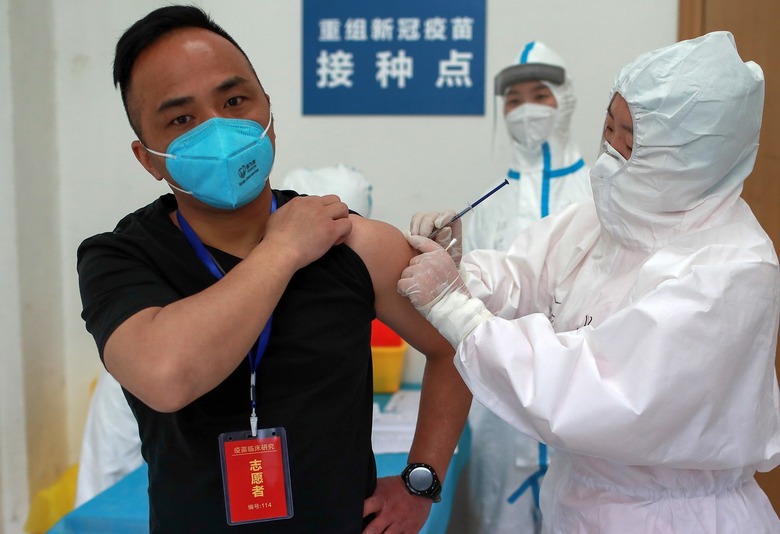China Has No Idea Where One Of Its Latest Coronavirus Infections Came From
- The risk of a second wave of coronavirus infections is very real for countries and states that have started reopening.
- China is one of the regions where strict measures have been gradually lifted, but the country just reported the worst possible kind of new coronavirus infection.
- A patient in Beijing was confirmed COVID-19 positive. But he did not leave the capital or come in contact with anyone who traveled out of the country.
Several countries and US states have started reopening after months of restrictions. Some of them were able to get rid of the virus or reduce the number of infections significantly. Others are reopening gradually, even though the risk of infections remains high. Elsewhere, governments are dealing with an increasing number of cases, and Brazil is the best example of that. Russia is another. Whether the first wave has passed or not, authorities are aware that a second COVID-19 is possible, and they'll need protocols in place to prevent or reduce the scope of the future outbreaks.
That's why China just tested the entire population of Wuhan again, to see if a second wave in the region where the pandemic began is a possibility. Strangely enough, China said it found just 300 asymptomatic cases out of nearly 10 million tests, which were not counted toward the official statistics. And they were not contagious, according to reports. However, the same country also reported the worst kind of new coronavirus infection.
Authorities in Beijing confirmed a new case on Thursday — the first in the capital in almost two months, according to CBS News. The patient was a 52-year-old from Beijing's Xicheng District who tested positive after checking into a clinic Wednesday with a fever. The report says that the patient has neither left Beijing nor has he been in contact with anyone who had traveled overseas for at least two weeks.
Let that sink in for a second. Authorities in one of China's biggest cities can't say how a new COVID-19 patient contracted the virus.
There's a name for that type of spread — community transmissions — and it's very troubling for a virus like the novel coronavirus. This is a designation that indicates the fact that a patient's infection can't be traced to an outside source, and containment might be more difficult. When that happens, it means there may be several other contagious patients who have not been identified. Whether or not they show symptoms, they can continue to spread the disease.
While China's COVID-19 statistics can't be trusted, the country did enforce strict measures in Wuhan to stop the original outbreak and could employ similar tactics in Beijing.
Officials said that the patient, Mr. Tang, has been transferred to a hospital, and the two family members he's been in close contact with are under medical observation. Contact tracers are investigating other connections to attempt to stop this transmission path. That alone won't help them find the actual source of Beijing's new COVID-19 outbreak.
The Tang family's community has been closed off, with authorities conducting temperature checks and disinfecting public places. "Xicheng District will continue its epidemiological investigation and strengthen community controls, environmental sampling of key personnel in key locations, improving the ability of early detection and monitoring," Deputy Mayor of Xicheng District Miao Jianhong said at a news conference.
Beijing authorities lifted restrictions gradually starting April 30th, and residents may have become more relaxed in recent weeks, even when it comes to temperature checks, social distancing, and mask-free interactions.
